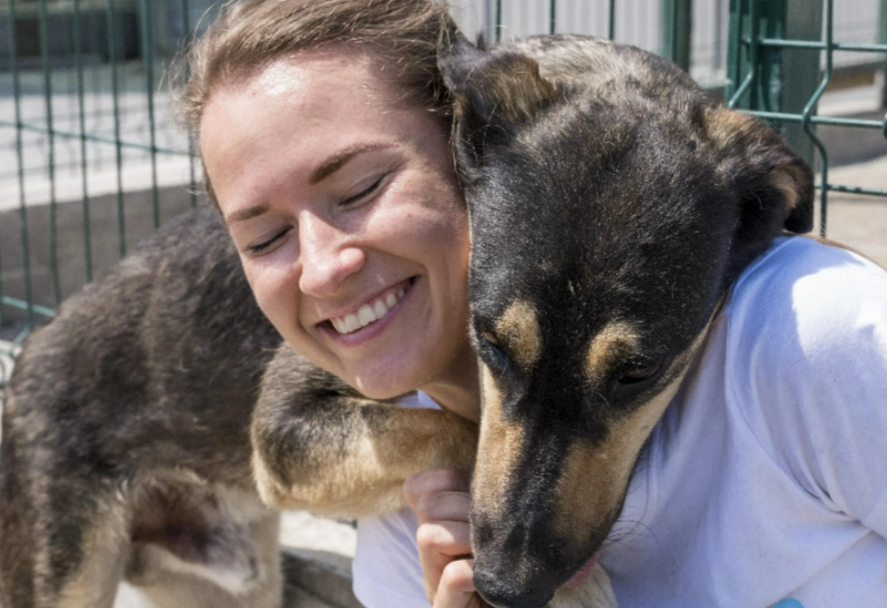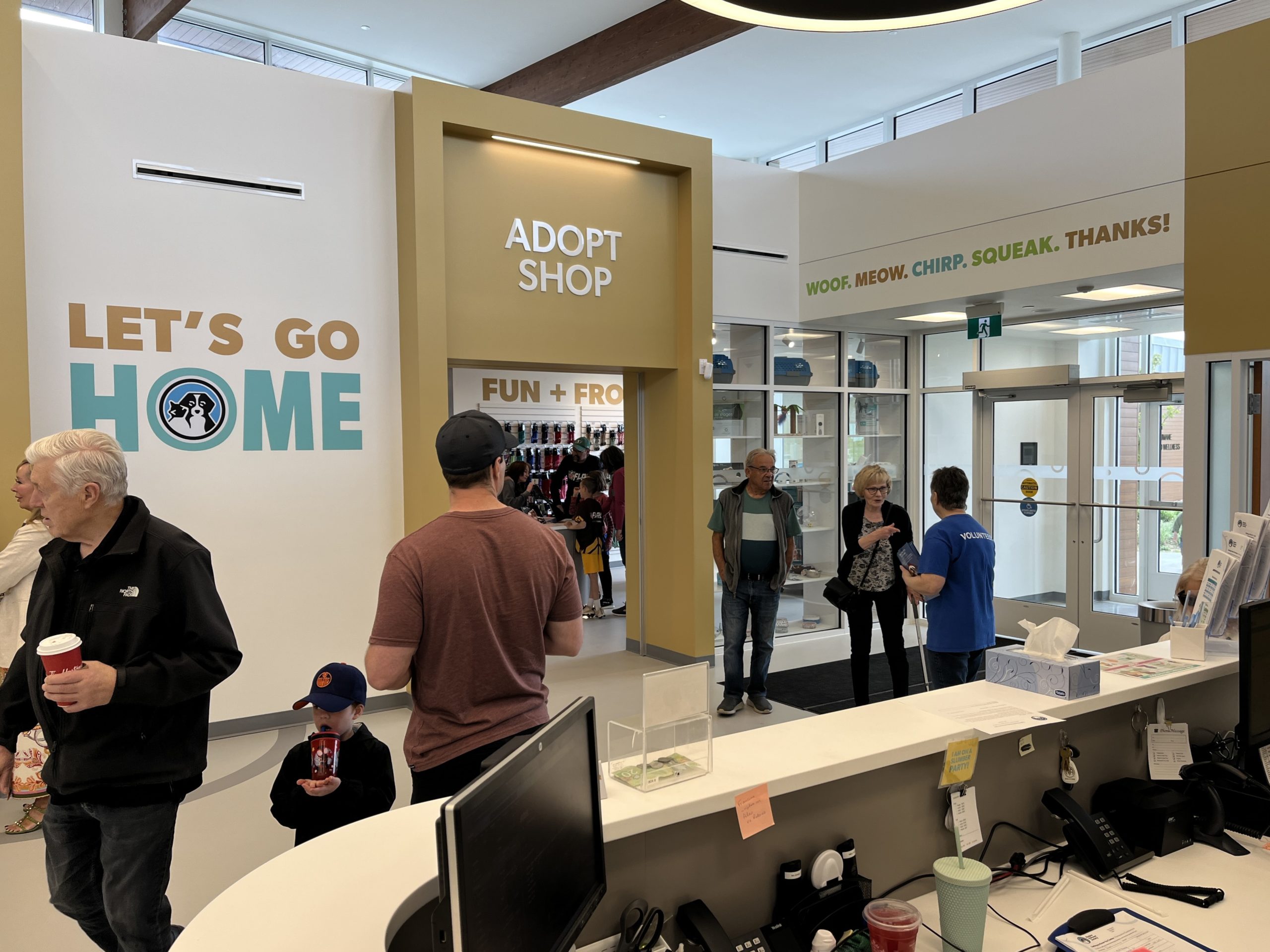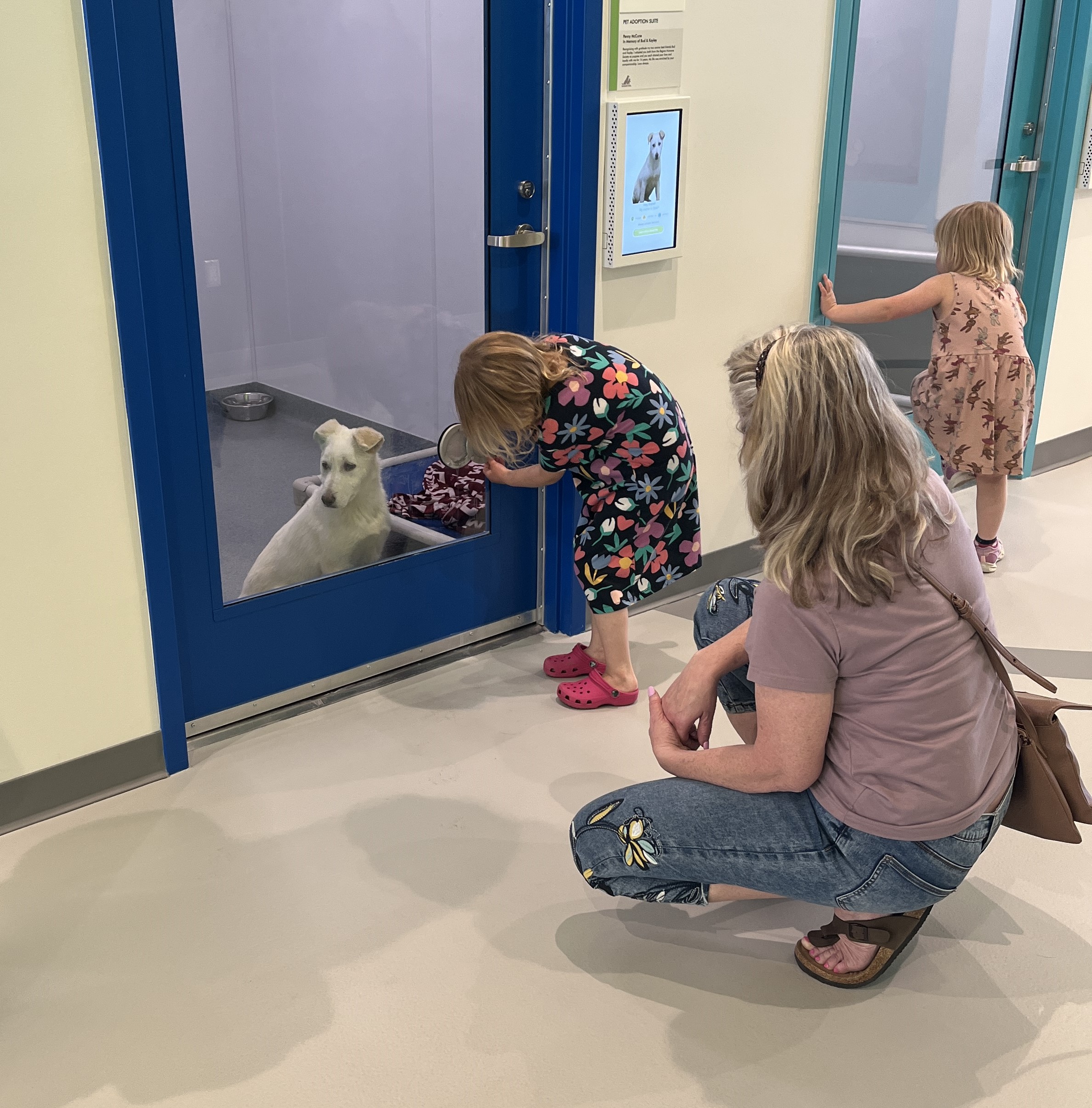Category: Uncategorized
Ut enim ad minim veniam, quis nostrud
orem ipsum dolor sit amet, consectetur adipiscing elit, sed do eiusmod tempor incididunt ut labore et dolore magna aliqua. Ut enim ad minim veniam, quis nostrud exercitation ullamco laboris nisi ut aliquip ex ea commodo consequat. Duis aute irure dolor in reprehenderit in voluptate velit esse cillum dolore eu fugiat nulla pariatur. Excepteur sint occaecat cupidatat non proident, sunt in culpa qui officia deserunt mollit anim id est laborum.
Lorem ipsum dolor sit amet, consectetur adipiscing elit, sed do eiusmod tempor incididunt ut labore et dolore magna aliqua. Ut enim ad minim veniam, quis nostrud exercitation ullamco laboris nisi ut aliquip ex ea commodo consequat. Duis aute irure dolor in reprehenderit in voluptate velit esse cillum dolore eu fugiat nulla pariatur. Excepteur sint occaecat cupidatat non proident, sunt in culpa qui officia deserunt mollit anim id est laborum.
Headline Here Lorem Ipsum Dolar Sit Amet
Headline Here Lorem Ipsum Dolar Sit Amet

Grand Opening and 60th Anniversary Celebration

On June 1, 2024, we officially opened our new Animal Community Centre. For six decades, our community has been united by a shared passion for animal welfare. From our humble beginnings, we have grown and evolved, always striving to provide the best care, shelter, and love for the animals who need us.
Our new Animal Community Centre is more than just a building; it is a testament to our community’s unwavering dedication to animal welfare. It is a sanctuary where abandoned and injured animals will find safety, medical care, and the chance to be adopted into loving homes. It is a place where education and outreach programs will support and foster the bond between humans and animals. And it is a symbol of our promise to protect and nurture the creatures that share our world.
It takes a village to bring something of this size to life and so many hands and hearts have contributed to this milestone for animals.
We would like to recognize the City of Regina’s progressive vision and contribution to the new Animal Community Centre. Their investment in our animal care system is indeed an important part of the quality of life of our community.
Numerous dedicated individuals in our city worked tirelessly to help raise the needed funding for the project and unite so many in a common cause.
We are so appreciative of contractor, architectural and design firms who not only gave our facility physical form, but also a warmth and welcoming environment for animals and people alike.
In 2019 we launched the Almost Home Capital Campaign, with the goal of raising $15 million, to support this project. In the past four years, over 1,300 donors have given heartfelt gifts to provide a space to shelter those animals who are in the greatest need. As you walk through the Animal Community Centre, you’ll see their names displayed in the corridors, painted on the walls, and engraved on plaques. But these aren’t just names; they are stories waiting to be told. Behind every room, every corner, lies the heart and soul of those who believed in our vision. To all of you whose names and stories grace these walls, your contributions go far beyond the physical; they create a legacy of hope, love, and kindness for every animal that finds refuge within these walls.
Looking ahead, we are excited about the possibilities that this new Centre brings. As we open the doors to this new chapter, I would also like to pay tribute to the countless volunteers, staff, and supporters who have made this possible. Your hard work, generosity, and love have been the foundation of our success. Together, we have saved lives, inspired change, and created a legacy that will endure for generations to come.









What to Do if You Encounter an Off-Leash Dog
Encountering an off-leash dog can be an unexpected and nerve-wracking experience. Whether you’re walking in a park, jogging in your neighbourhood, or simply enjoying the outdoors, knowing how to handle such situations can make a significant difference. Even dogs who you know may react differently if they are lost, without their owner, scared or reacting to stimuli near them such as other dogs, strangers, wildlife, or excessive noise. Here are some steps to follow to ensure your safety and the dog’s well-being.
Stay Calm and Assess the Situation
The first and most crucial step is to stay calm. Dogs can sense fear and anxiety, which might make them more likely to approach or react aggressively. Take a moment to assess the dog’s behaviour. Is it friendly, curious, or aggressive? Look for signs like wagging tails, relaxed postures, or, conversely, growling and raised hackles. Understanding canine body language can help immensely.
Avoid Direct Eye Contact
Direct eye contact can be perceived as a threat by dogs. Instead, look at the dog indirectly. This approach can help to prevent the dog from feeling challenged or provoked.
Stand Still and Be a Tree
If the dog approaches you, stand still and “be a tree.” This means standing with your feet together, hands at your sides, and avoiding sudden movements. Most dogs will lose interest if you remain calm and still, as they usually react to movement and excitement.
Use a Firm, Calm Voice
If the dog comes too close or starts to act aggressively, use a firm, calm voice to give commands like “No,” “Go home,” or “Stay.” Most dogs are familiar with basic commands, and a confident tone can help assert control over the situation.
Create a Barrier
If you have something with you, like a bag, jacket, or even an umbrella, use it to create a barrier between you and the dog. This can help protect you and also signal to the dog to keep its distance.
Slowly Back Away
Once the dog loses interest or calms down, slowly back away while keeping the dog in your peripheral vision. Do not turn your back on the dog, as this might provoke it to chase you. Move steadily and avoid sudden movements that could startle the dog.
Seek Help if Necessary
If the dog is aggressive and you feel threatened, look for nearby people who might be able to help. Shouting for help or calling local animal control can be effective ways to get assistance.
Educate Yourself and Others
Learning about dog behavior and educating others on how to handle off-leash encounters can make a community safer for everyone. While designed for youth and developed by the RHS and the Saskatchewan Health Authority, the Be Dog Smart bite prevention program has information that can be useful for anyone. Details are available on our website.
Encountering an off-leash dog doesn’t have to be a frightening experience if you know how to respond. By staying calm, avoiding direct eye contact, and using a firm voice, you can manage the situation effectively. Remember to create a barrier if needed, back away slowly, and seek help if necessary. With these steps, you can ensure both your safety and the well-being of the dog.